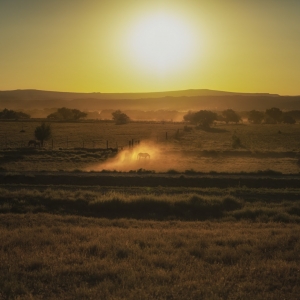Voices from the Drying Rio Grande
By Brett Walton, Circle of Blue
Photographs by Pablo Unzueta
October 13, 2022
One of the West’s iconic waterways, the Rio Grande stretches nearly 1,900 miles from Colorado to the Gulf of Mexico. It is also under assault from a warming climate.
The Rio Grande stopped flowing for five miles through Albuquerque in July, the first time it ran dry in that reach in four decades.
The river is New Mexico’s largest and most essential watershed. In many ways it is the soul of the state.
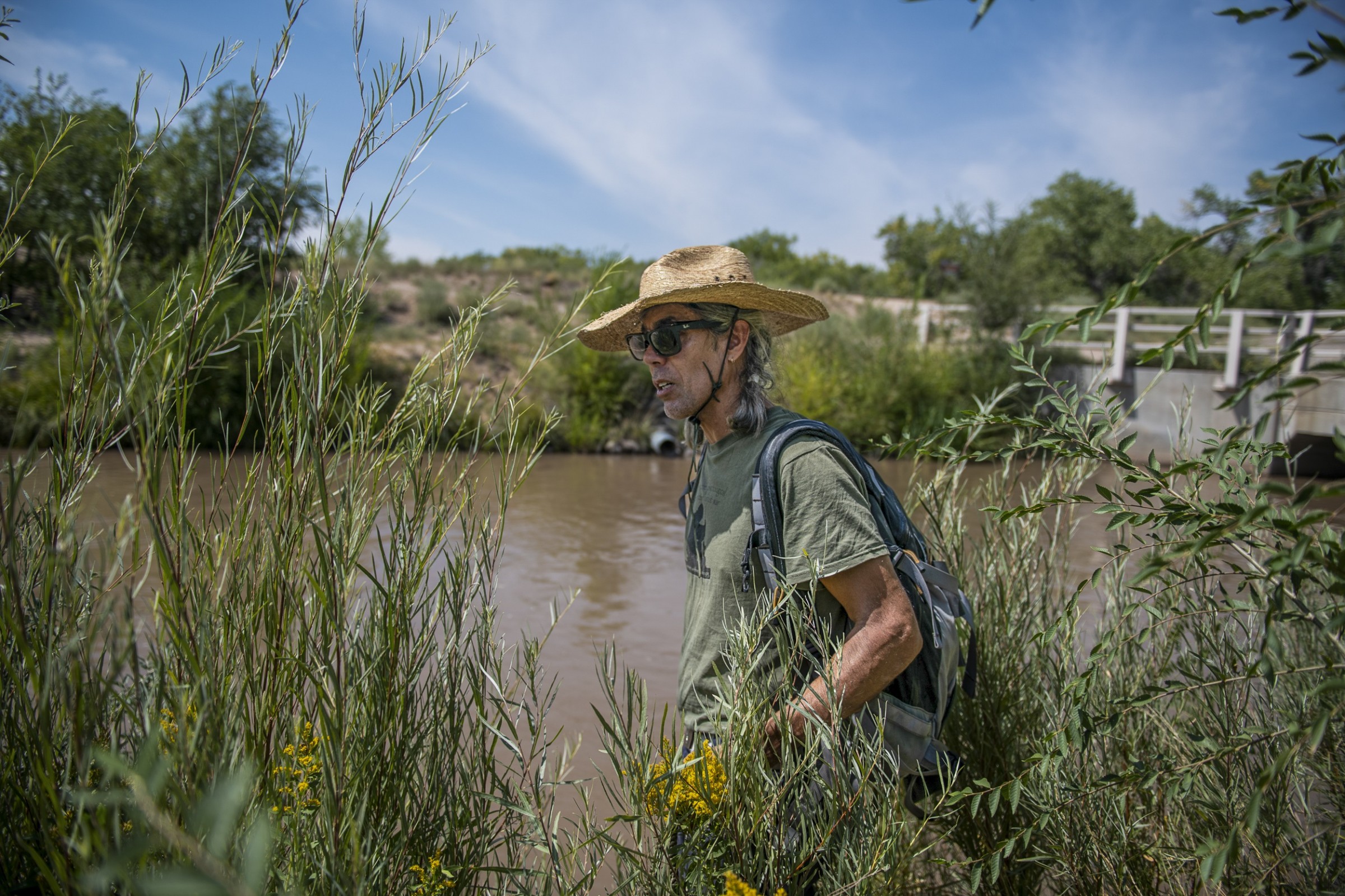
Telemón Limkin and his dog, Sequoia, stand near the edges of a lush irrigation channel in Albuquerque that flows with water from the Rio Grande. “The water is no longer allowed to flood like it used to, it is highly managed,” Limkin said. “This is my first time in my lifetime seeing the river almost go dry [here].” Photo © Pablo Unzueta for Circle of Blue
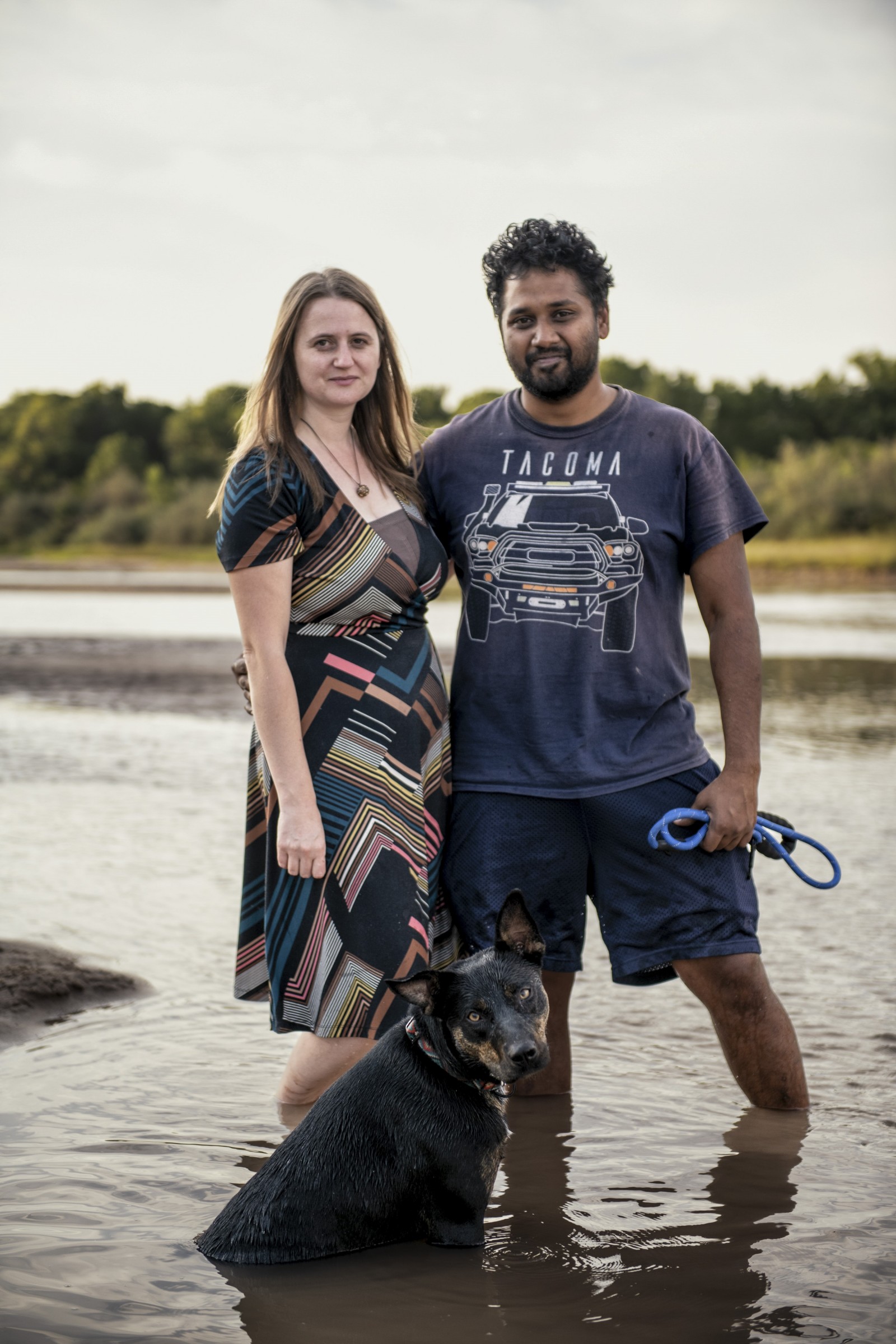
Maya Lindgren, left, and Siva Avala stand with their dog along the Rio Grande in Albuquerque. “This river is a huge part of life in this city and there has definitely been times when it’s been dry,” Lindgren said. Photo © Pablo Unzueta for Circle of Blue
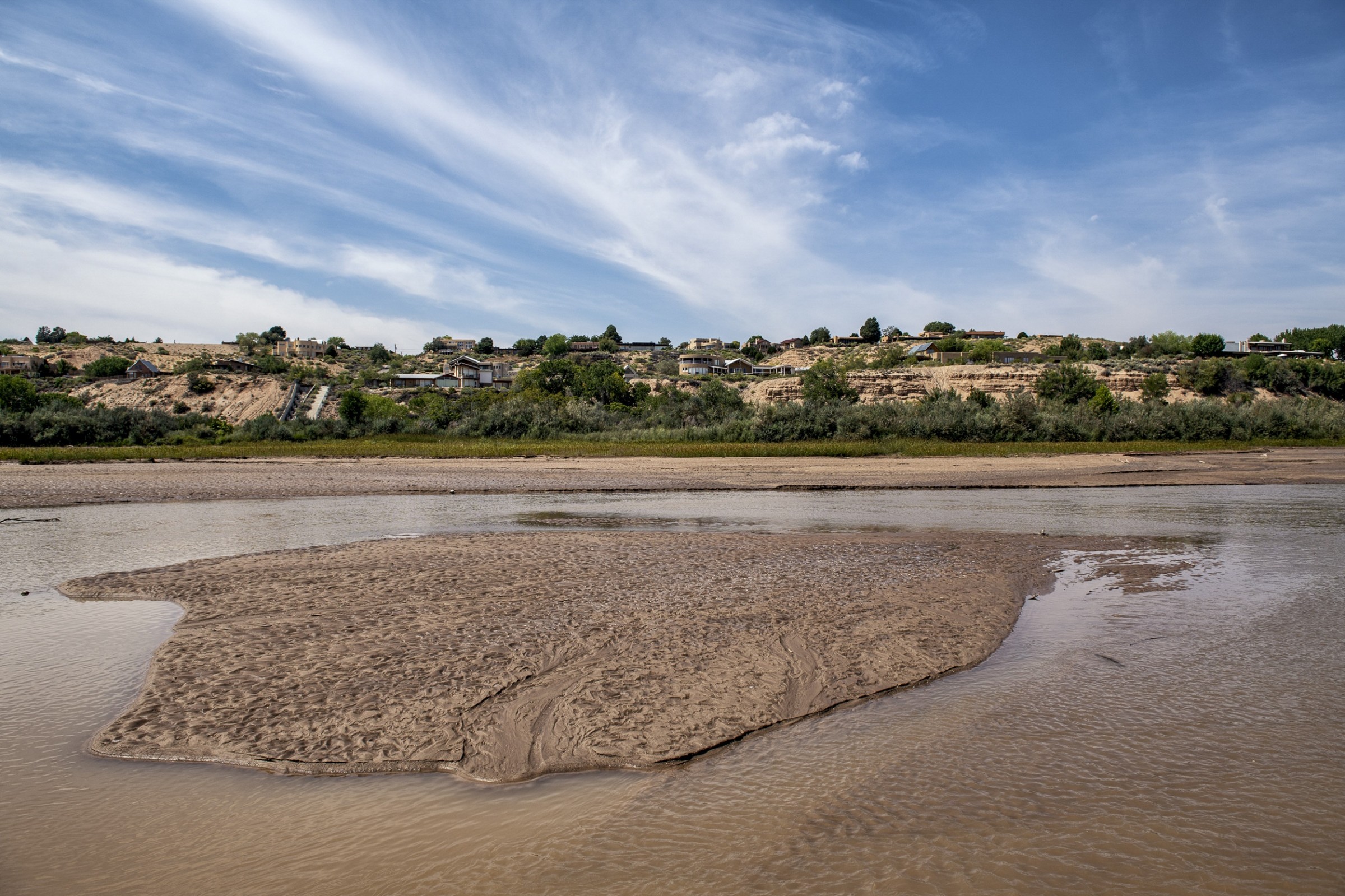
The Rio Grande seen in September near Rio Grande Nature Center State Park, in Albuquerque. Two months earlier, a five-mile stretch of the river in the city stopped flowing for the first time in four decades. Photo © Pablo Unzueta for Circle of Blue
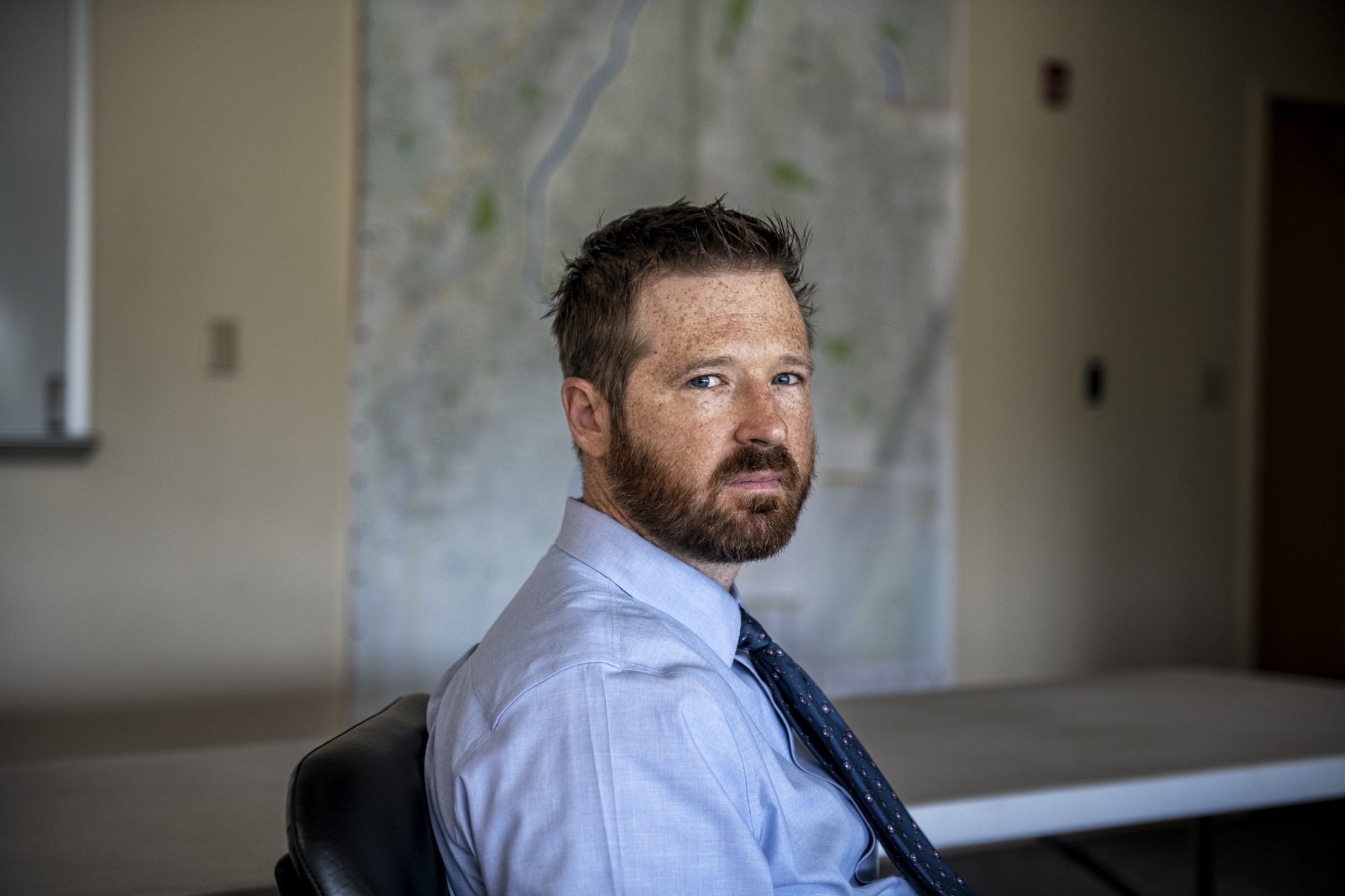
Mark Kelly, the water resources division manager for the Albuquerque Bernalillo County Water Utility Authority, sits for a portrait inside the authority’s offices. Kelly is also on the executive committee of the Rio Grande Water Fund, an initiative that aims to reduce fire risk on 600,000 acres of forest in the headwaters of the Rio Grande and San Juan-Chama basins, both of which supply Albuquerque with water. Photo © Pablo Unzueta for Circle of Blue
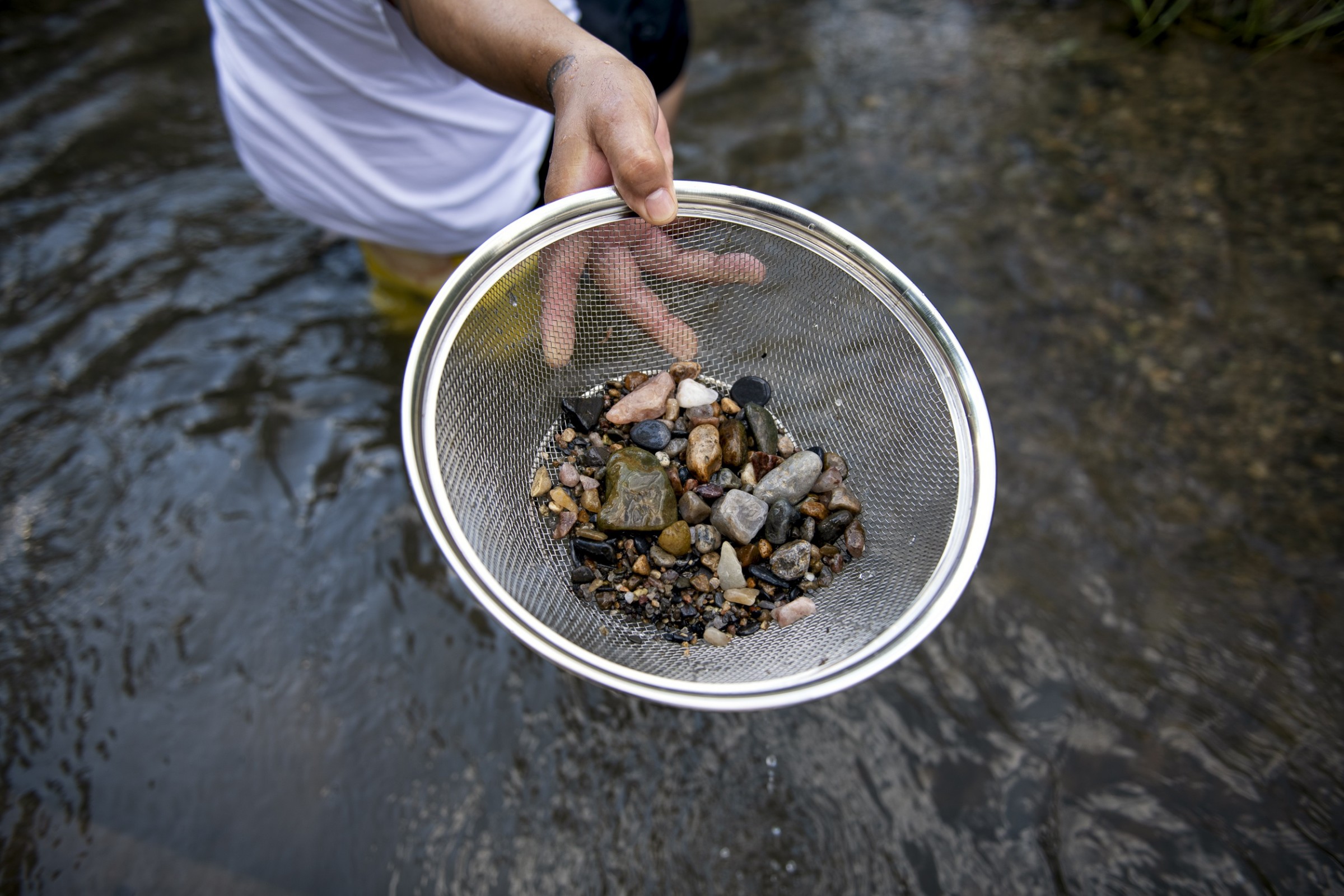
A man who did not want to be identified looks for rocks to collect along the Rio Grande near Pilar, New Mexico. He places the rocks in lamp stands to diffract the light. “The river — and coming here — has helped me get out of gang life,” he said. “I also became a volunteer firefighter, where I helped to put out fires this year as well.” Photo © Pablo Unzueta for Circle of Blue
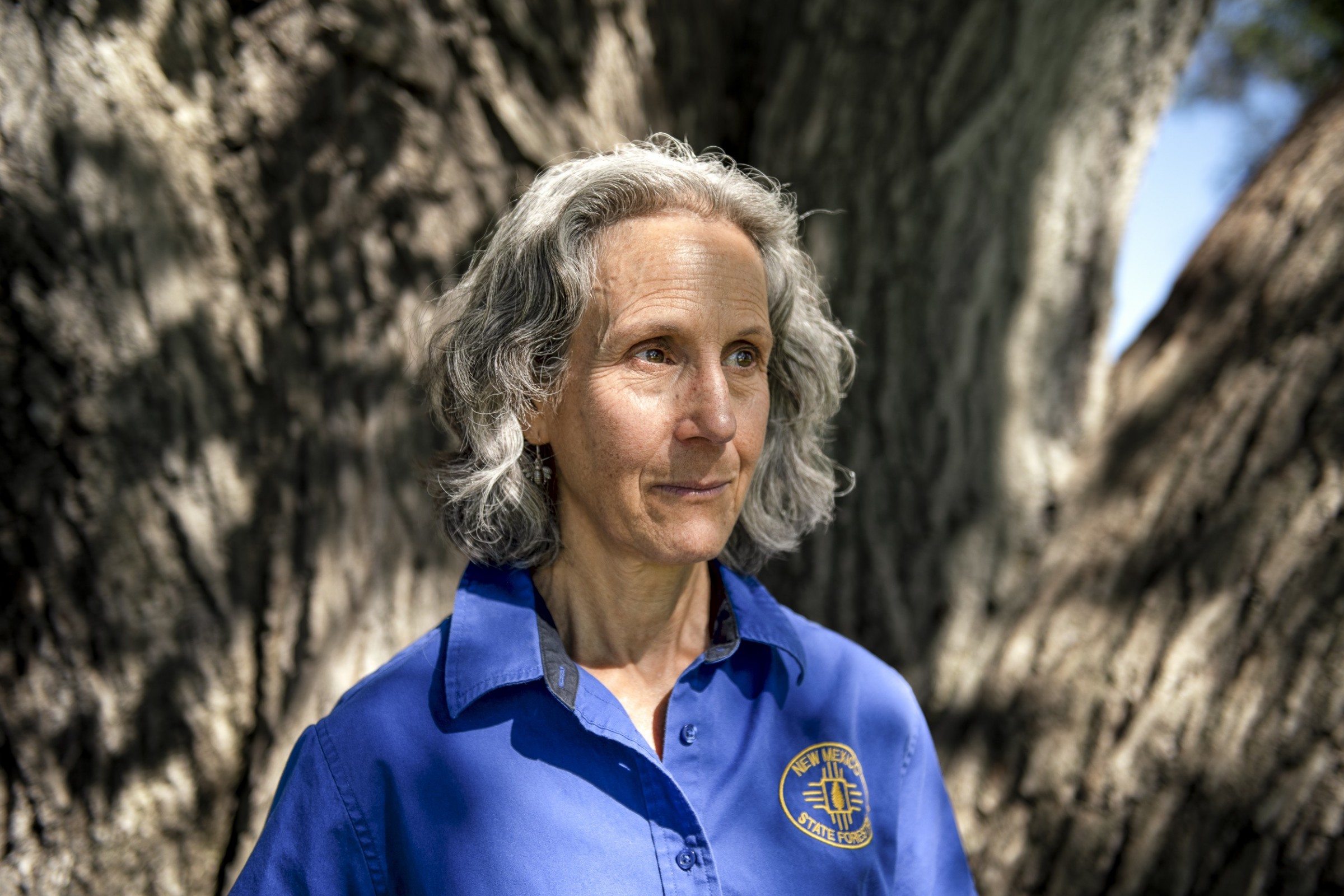
Laura McCarthy, the first woman to serve as New Mexico’s state forester, leads an agency that oversees firefighting duty on 43 million acres of state land. “The water fund started because there was a need—an unfilled need,” said McCarthy, in reference to the Rio Grande Water Fund, which she started while working at The Nature Conservancy. “The region is underfunded in comparisons to to other regions, and counties are left to fend for themselves.” Photo © Pablo Unzueta for Circle of Blue
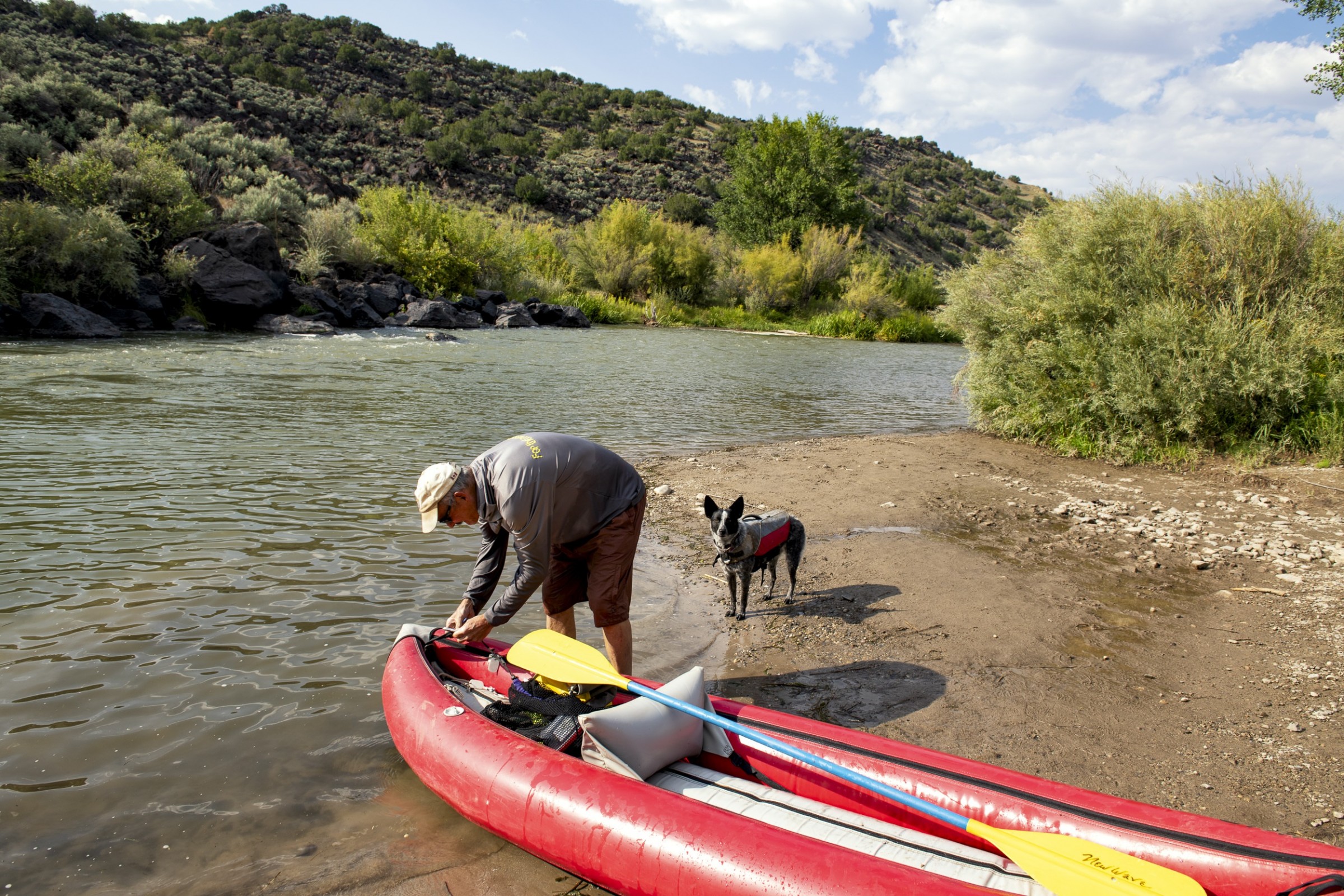
John Coddou and his dog Luna linger along the Rio Grande near Pilar, New Mexico. “The biggest change I’ve seen here is that the flows aren’t as high as they used to be,” said Coddou, who has lived in New Mexico for 30 years. “For the last five years these changes have been pretty drastic I’d say.” Photo © Pablo Unzueta for Circle of Blue
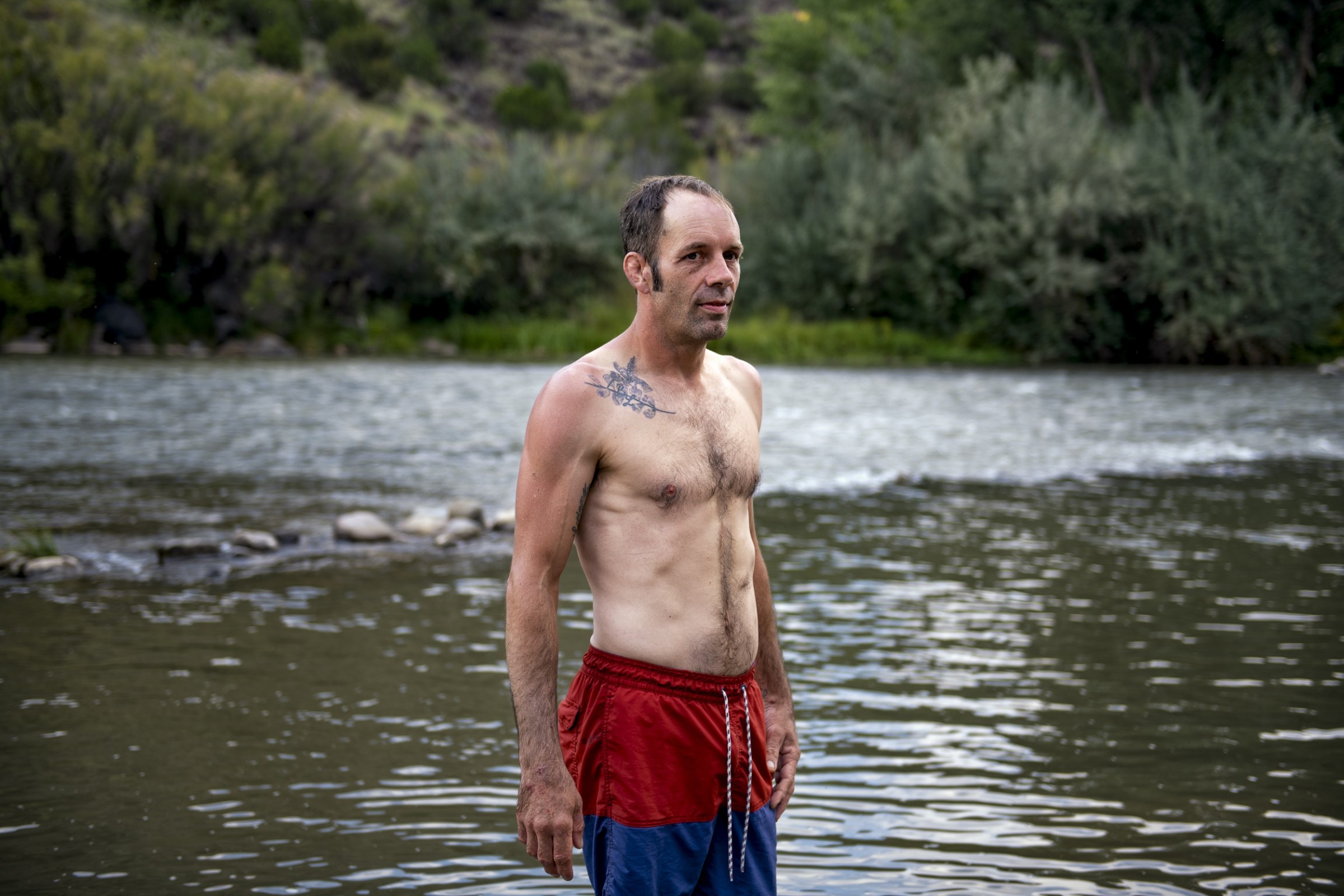
Dan Johnson, stands for a portrait in the Rio Grande near Pilar, New Mexico. Johnson said he has been coming here since he was a teenager. “For New Mexico this one off the main sources for drinking water and everything,” he said. Photo © Pablo Unzueta for Circle of Blue
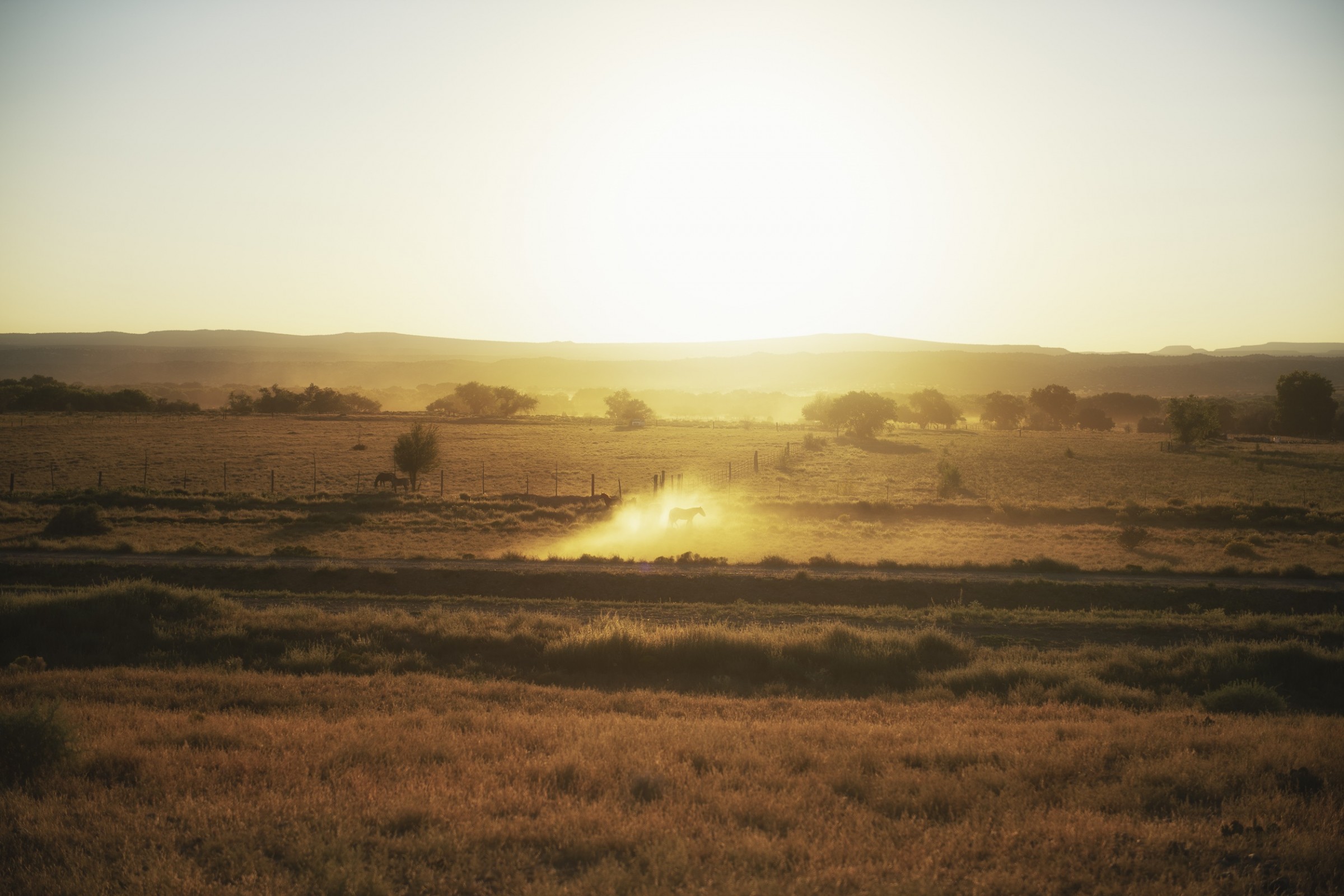
A dust cloud silhouettes a horse in pastures along the Rio Grande, in Sandoval County, New Mexico. Drought and climate change have created a tinderbox in the American West for destructive wildfires. Water sources like the Rio Grande have become vulnerable. Last year, a bosque fire burned 113 acres in this area. Photo © Pablo Unzueta for Circle of Blue
This reporting project was supported by The Water Desk, an independent journalism initiative based at the University of Colorado Boulder’s Center for Environmental Journalism.
Brett writes about agriculture, energy, infrastructure, and the politics and economics of water in the United States. He also writes the Federal Water Tap, Circle of Blue’s weekly digest of U.S. government water news. He is the winner of two Society of Environmental Journalists reporting awards, one of the top honors in American environmental journalism: first place for explanatory reporting for a series on septic system pollution in the United States(2016) and third place for beat reporting in a small market (2014). He received the Sierra Club’s Distinguished Service Award in 2018. Brett lives in Seattle, where he hikes the mountains and bakes pies. Contact Brett Walton
Related
© 2025 Circle of Blue – all rights reserved
Terms of Service | Privacy Policy




